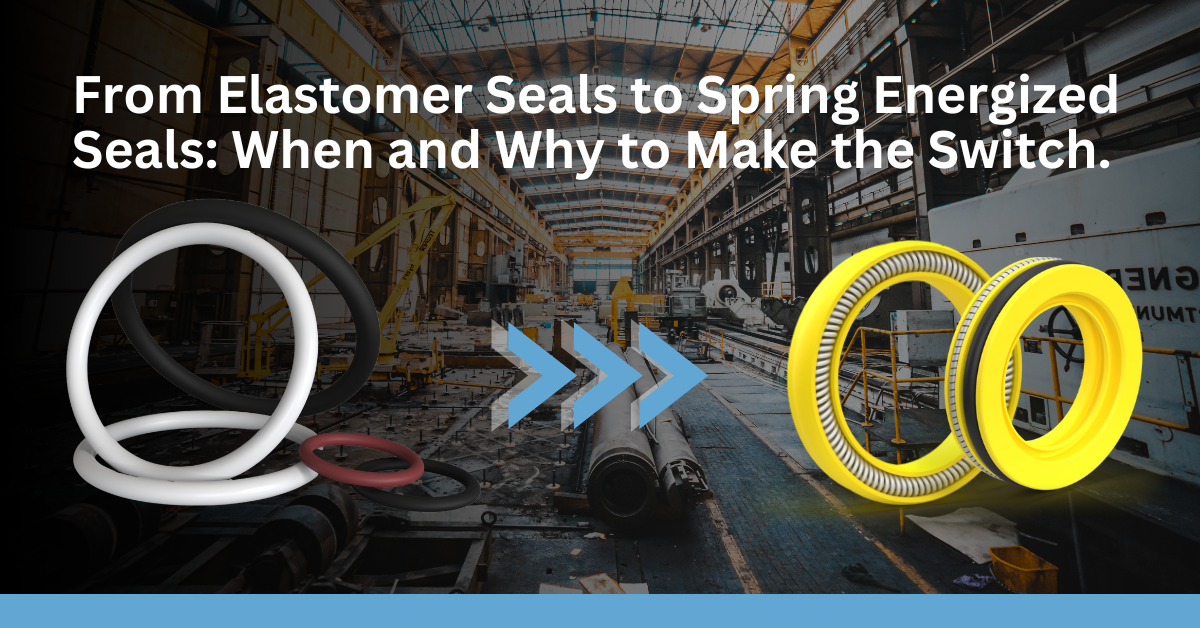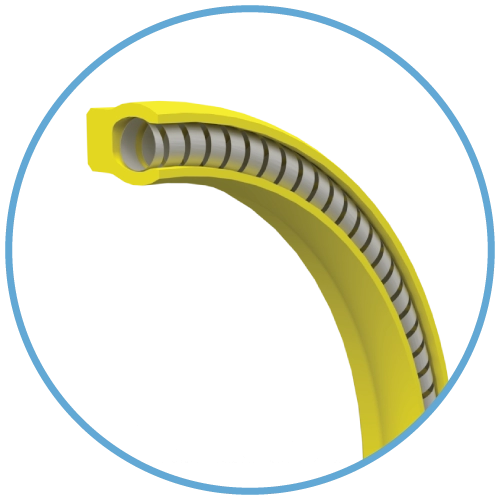In the dynamic world of sealing technology, staying abreast of advancements is crucial for achieving peak performance. While elastomer seals have been a longstanding staple in various industries, the emergence of spring energized seals heralds new opportunities. Leveraging Polymer Concepts' deep expertise, this article explores the compelling reasons and benefits for considering this pivotal switch.
A Brief on Elastomer Seals
Basics and Mechanics: Elastomer seals, known for their versatility, are used in a myriad of applications. These seals are made from elastic polymers, providing a flexible sealing solution.
Advantages: Their primary strengths lie in their flexibility, cost-effectiveness, and a well-established track record of reliable performance across various industries.
Limitations: Despite their benefits, elastomer seals have their drawbacks. They are prone to degradation under extreme temperatures, can be incompatible with certain chemicals, and may wear over time, necessitating frequent replacements.
Introduction to Spring Energized Seals
What Are They?: Spring energized seals incorporate a unique spring mechanism, enhancing their sealing capabilities. This design allows them to adapt to changing conditions more effectively than traditional elastomer seals.
The Technology Behind Them: At Polymer Concepts, we've pioneered advancements in spring energized seals, utilizing proprietary designs and materials to push the boundaries of what these seals can achieve.
Applications: These seals excel in environments where traditional seals falter – think extreme temperatures, aggressive chemical exposures, low and constant friction, and high-pressure scenarios.
Benefits of Switching to Spring Energized Seals
Enhanced Performance Range: Spring energized seals operate efficiently across a broader spectrum of temperatures and pressures, offering superior performance where conventional seals might fail.
Durability & Longevity: Thanks to their robust design, these seals boast an extended lifespan, reducing the need for frequent replacements and maintenance.
Better in Extreme Environments: Their resilience in hostile conditions – from cryogenic temperatures to corrosive chemicals – is unparalleled.
Self-adjusting Nature: The spring mechanism in these seals maintains a consistent sealing force, compensating for gland variations and ensuring a reliable seal throughout their lifespan.
Evaluating the Need to Switch
Assessing Current Seal Performance: It's crucial to regularly evaluate the performance of your current seals, looking out for signs of wear and failure rates.
Considering Operational Requirements: The decision to switch should be based on specific operational needs, particularly if your environment is becoming more demanding.
Cost Analysis: While the initial investment in spring energized seals might be higher, their longevity and reduced maintenance needs can lead to significant cost savings in the long run.
Polymer Concepts’ Commitment to Transition
Expert Consultation: We at Polymer Concepts are dedicated to guiding our clients through the transition process, offering expert consultations to ensure you make the best choice for your needs.
Customization: Our ability to design and manufacture spring energized seals tailored to specific applications sets us apart, ensuring that your sealing solutions are as unique as your challenges.
Support & Training: Our commitment extends beyond the sale, with comprehensive after-sales support, training, and assistance to guarantee a seamless integration of our advanced sealing solutions into your operations.
While elastomer seals remain a reliable option for many applications, the advent of spring energized seals offers a promising alternative for more demanding scenarios. The decision to transition should be well-informed and aligned with your operational requirements. With industry leaders like Polymer Concepts, transitioning to these advanced seals can be a smooth, efficient, and ultimately beneficial move.


